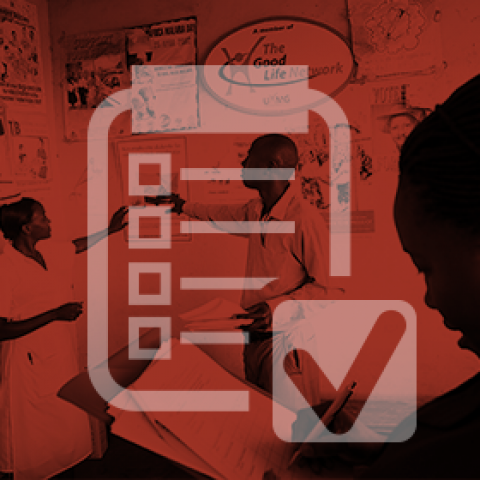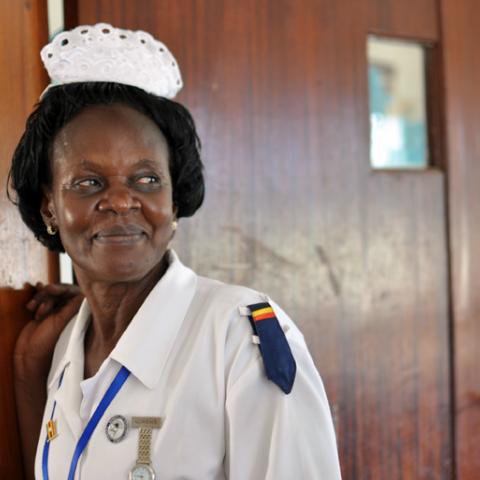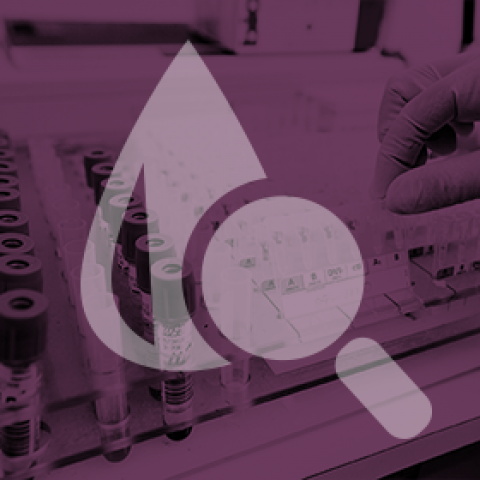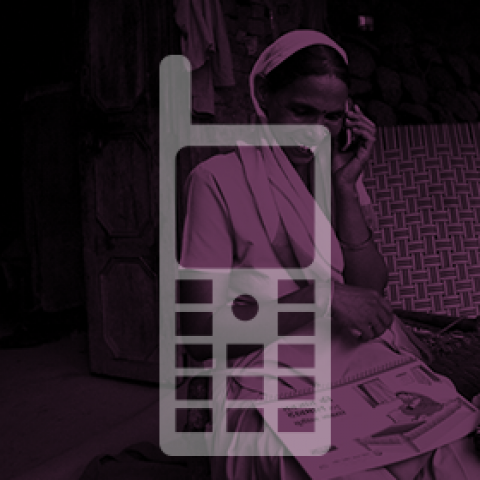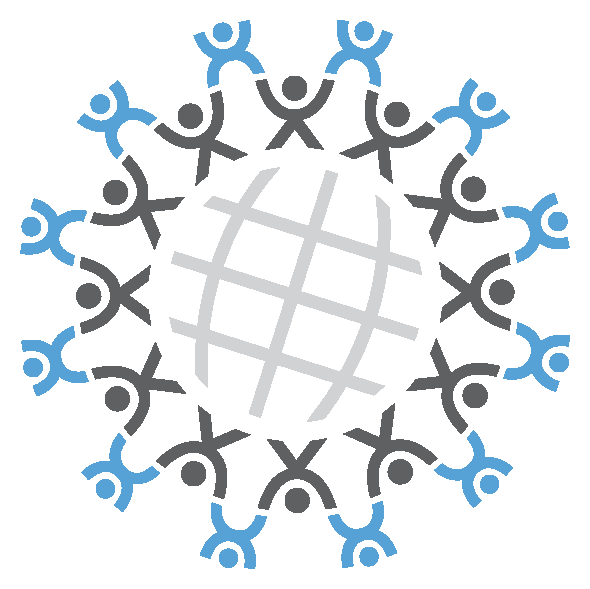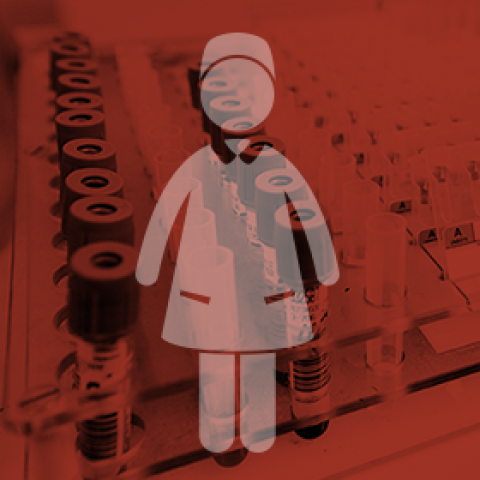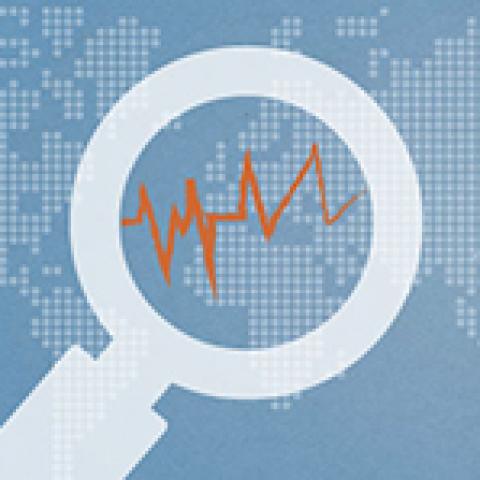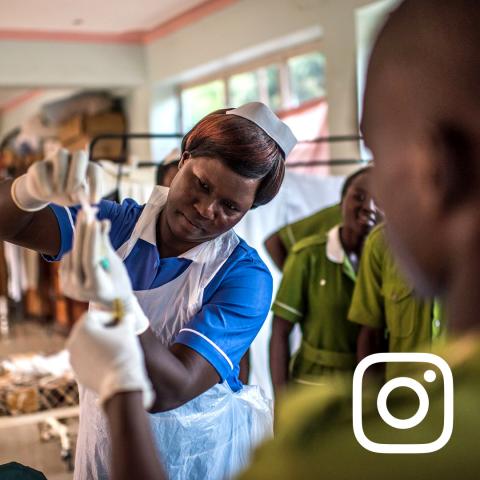The Oft-Overlooked Job Description
A simple job description can do wonders for a health worker's morale and even the quality of care she provides. So why are job descriptions so hard to come by in some countries?
A Nurse Midwife’s Experience with Leadership and Management Training
Conditions in Habiba's rural health center were, she says, appalling.
Health Workers Pay the Ultimate Price in the Fight against Ebola
In Sierra Leone, Ebola virus has claimed the lives of 40 frontline health workers. And it's taking a toll on West Africa's health systems.
Dr. Christian Osae Obirikorang: "I'm a Health Worker"
What's most exciting about being a lecturer of molecular medicine at the School of Medical Sciences in Ghana? Dr. Obirikorang tells us.
Can Robots Put the Sexy Back in Primary Health Care?
Do you think the topic of primary health care systems is boring? Cue the robots.It’s Time to Measure the ROI (Return on Innovation)
How much do eHealth and mHealth initiatives truly cost? It’s time we start working together to find out.
Ten Powerful Family Planning Stories
Youth and data. Music and nomenclature. Culture and controversy. These top 10 pieces from the past year on VITAL run the gamut of what it takes to plan for our population’s health and future.
Family Planning, Future Planning on World Population Day
What will it take to create a healthy, prosperous world population as we pass the 7.2 billion mark?
One Nurse's Best Day at Work
Meet Phylis Cherono Siele, a nurse in Kenya's Tenwek Mission Hospital whose joy comes from helping clients find hope, even in the most difficult times.
Ten Key Trends that Are Shaping Today’s Global Health Outlook
When Christine Sow took the helm of the Global Health Council last year, she set out to pinpoint the global health community’s priorities.







